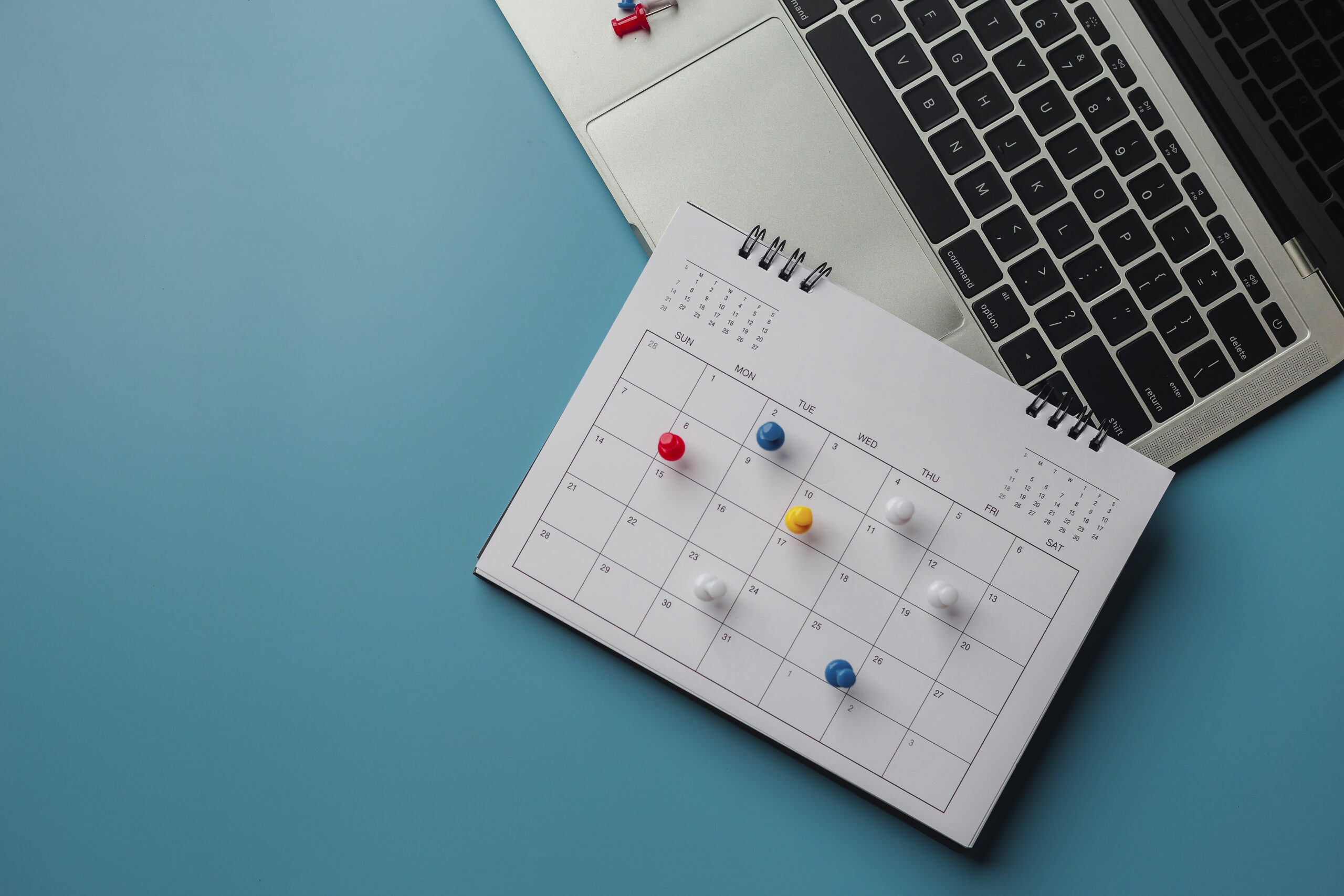
How to structure your web content for success
When you’re planning your website content, your top priority should be making it easy for your users to find what they are looking for – it must be all about the user experience. And a good UX design needs well-structured content that takes your audience’s needs and user journeys into account.
Here we share some top tips for structuring your content, and the best ways to use it to signpost and guide your user to make your website effective.
Structure for readability
The much-cited Nielson Normal Group research studies found that 79% of test users simply scan pages and only 16% read word-by-word. Users want to spend minimum amounts of time on each page, not trawl through text, so structure to help readability.
Remember these tips when creating and editing your content:
- Include an introduction or opening that flags up what the page or article is about
- Use a hierarchy of information – less important information may need to go on a separate page or lower down in another section
- Use bullet points, lists and short, snappy paragraphs to help with skim-reading
- Break text up and add variety to your pages using images, videos and other media
- Consider drop downs (accordions) for larger blocks of text which go into detail on a particular subject to help quick browsing
- Create landing pages with links out to child pages for larger sections, rather than creating long pages with lots of information all bundled together
Guide your user
If your user can’t find what they need, or the structure of your content is illogical, then you risk a high bounce rate and low conversion rate. When you’re used to your own website it’s easy to slip into thinking it’s obvious where to click next or how to find certain content, but your user may have only just landed on your website. Look at your structure from the viewpoint of a first-time visitor and make navigation intuitive.
Make it easy for your user to find their way around:
- Use headings and subheadings to signpost your content
- Tell the user where to go. Is there relevant content on another page? Tell them to click through. Is there a handy video guide below? Tell them to watch it
- Think about how presenting certain information (such as opening hours) in a carefully formatted table can make it easier to read
- Use clear hyperlink text so the user knows where they are going and what to expect
- Group small amounts of related information visually and prioritise key elements so that your content has a logical structure
- Ideally, only use one call to action per page – preferably styled as a button with just a few words specifying a clear action such as ‘Get in touch’ to boost conversions
- Use different design elements to separate out sections and to make key information stand out, for example testimonials or client logos
Structure for success
Here at asabell we have experts on hand to help you with creating and editing copy, and we’re highly experienced in bringing fresh eyes to your website with a deep-dive audit. If you’d like some support with your website structure or content, please get in touch.





